The Theory and Practice of Investment Management: Asset Allocation, Valuation, Portfolio Construction, and Strategies
$21.45
| Author(s) | |
|---|---|
| Pages |
910 |
| Format |
|
| Publication Year |
2002 |
The Theory and Practice of Investment Management is the ultimate guide to understanding the various aspects of investment management and investment vehicles. Tying together theoretical advances in investment management with actual practical applications, this book gives you a unique opportunity to use proven investment management techniques to protect and grow a portfolio under many different circumstances.
Introduction:
Many books focus on the theory of investment management and leave the details of the implementation of the theory up to you. This book illustrates how theory is applied in practice while stressing the importance of the portfolio construction process. The purpose of this book, The Theory and Practice of Investment Management is to describe the activities associated with investment management. Investment management—also referred to as portfolio management and money management—requires an understanding of:
- how investment objectives are determined
- the investment products to which an investor can allocate funds
- the way investment products are valued so that an investor can assess whether or not a particular investment is fairly priced
- the investment strategies that can be employed by an investor to realize a specified investment objective
- the best way to construct a portfolio, given an investment strategy
- the techniques for evaluating the performance of an investor
This comprehensive investment management resource combines real-world financial knowledge with investment management theory to provide you with the practical guidance needed to succeed within the investment management arena.
Contents:
- Foundations of Investment Management
- Investing in Common Stock
- Investing in Fixed-Income Securities
- Investment Companies and Exchange-Traded Funds
- Investing in Real Estate and Alternative Investments
- Asset Allocation
The Theory and Practice of Investment Management: Asset Allocation, Valuation, Portfolio Construction, and Strategies By Frank J. Fabozzi pdf
6 reviews for The Theory and Practice of Investment Management: Asset Allocation, Valuation, Portfolio Construction, and Strategies
Clear filtersOnly logged in customers who have purchased this product may leave a review.

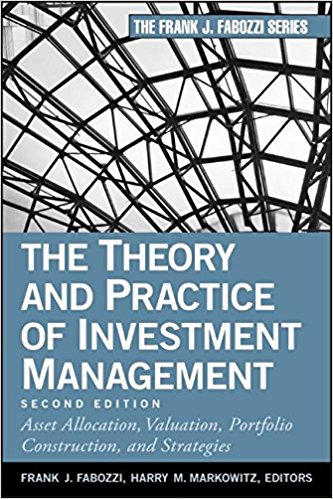

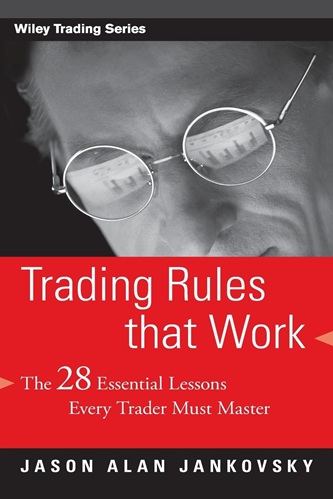

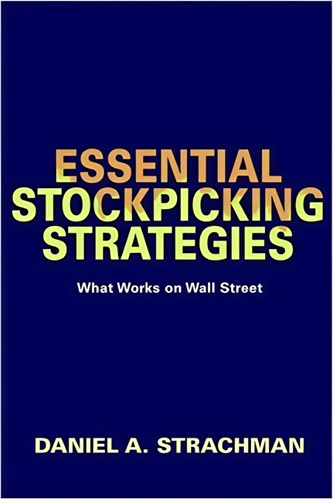
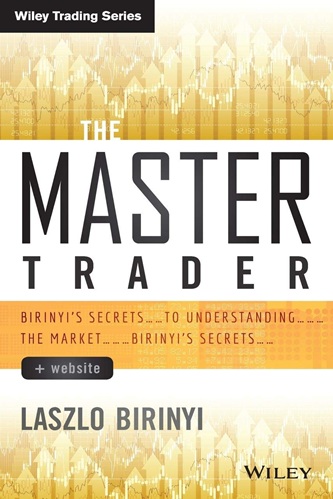

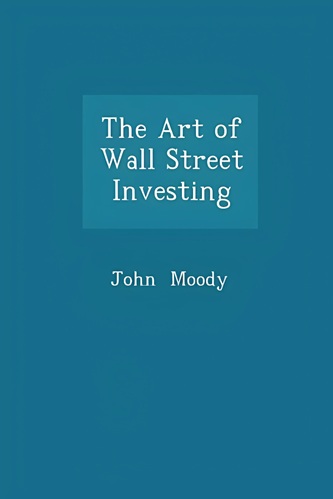

Keyla Stanton (verified owner) –
Overall, this book is well-organized and well-written. If you have not read any of the fixed income or derivatives books by Fabozzi, this would be an excellent book for you as certain parts of the book are re-hashed from other Fabozzi texts. This book covers some basic to intermediate investment management topics and goes through equities, fixed income, and derivatives.
The problem with Fabozzi edited books is that the mix of authors sometimes requires that you adapt to the writing styles of the different authors of the different chapters. In that respect, this book is no different. Some write in a more technical way and there are more complicated equations and use matrix algebra in some chapters, while others use simpler equations.
Also, the first 10 chapters of the book are the basic concepts and the last few chapters are a re-hash of other Fabozzi books (i.e., once you see the charts and discussion it will strike you as being very similar to other Fabozzi books). Nothing too interesting here. However, some remaining chapters are actually pretty interesting and are not common topics that you would see in most textbooks. For example, Quantitative Equity Portfolio Management and Long-Short Equity Portfolios.
Loretta Nava (verified owner) –
perfect
Zyair Ochoa (verified owner) –
One of the best books about portfolio theory.
Jamison Brandt (verified owner) –
Have previous exposure to content that was much easier to understand. Content is more confusing in this book than it needs to be.
Rylan Villarreal (verified owner) –
Excellent coverage by top authors.
Jayson Villanueva (verified owner) –
I am beginner in managing portfolio, but, advanced enough in math. This book took me from zero to more advanced situations. I really enjoyed reading this book.